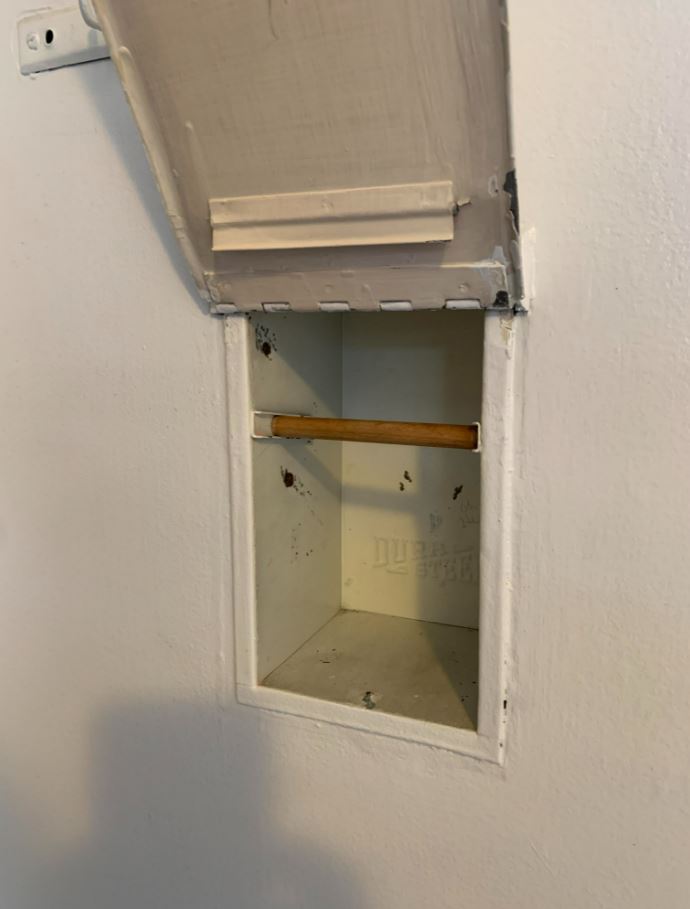In older homes, especially those built in the early 20th century, you sometimes find quirky features that seem to serve no modern purpose. A recent discovery in a 1935 Southern California home highlights one of these mysteries: a recessed wall enclosure in the kitchen, about five feet off the floor, with a small upward-swinging hinged door.
At first glance, it could be a cupboard, a mini dumbwaiter, or even a spice rack. But history gives us better clues. This enclosure was likely either a compact ironing board cabinet or a niche for a small appliance. In the 1930s, wall-mounted ironing boards were popular, especially in California, where kitchens were designed to maximize space.
Smaller fold-down versions pressed aprons, linens, or other small garments. The recessed, upward-opening design fits perfectly with this style. Another possibility is that it was built to house an early electric toaster or small kitchen appliance. Hiding devices behind a cabinet kept counters clear, and mounting them higher maximized workspace in compact kitchens.
After the 1950s, many of these features disappeared. Wall ironing boards were replaced with portable ones, and appliance storage moved to pantries. Today, they remain hidden reminders of how homes once balanced practicality with space-saving innovation. If you spot one of these cabinets in a vintage home, don’t rush to remove it. It could be a tiny time capsule, offering a glimpse into the clever, functional design of 1930s kitchens. These hidden features reveal how everyday life once operated — simple, smart, and surprisingly creative.
